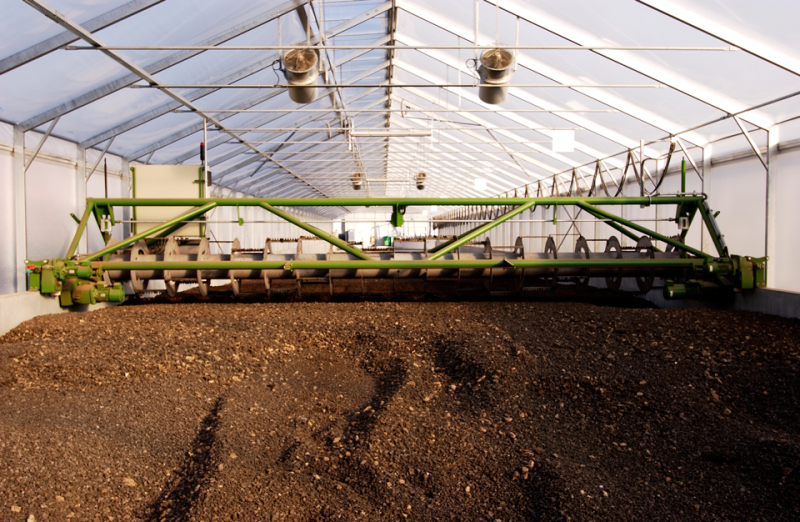SUEZ'S Solar Sludge Drying Technology to Help South Carolina WWTP Reduce Sludge
Published on by Water Network Research, Official research team of The Water Network in Technology
Wastewater Treatment Plant in Manning, South Carolina, will increase the dry solids content of produced sludge to over 55 percent. This way, the facility will achieve a significant reduction in the cost of hauling away sludge.

Heliantis Technology Image Source: suezwatertechnologies.com
Seeking an economical and environmentally friendly process to reduce the volume of sludge at its South Carolina wastewater treatment plant, the City of Manning turned to SUEZ and its state-of-the-art Heliantis* solar sludge drying technology. When completed later this year, the installation will be the first for this technology in North America.
For the project, SUEZ will design and supply three Heliantis greenhouse solar sludge drying units at the Manning Wastewater Treatment Plant. The Heliantis systems will increase dry solids content of produced sludge to over 55 percent.
“As we faced the need to reduce the volume of sludge production at our wastewater treatment plant and cut the cost to haul it away, we reviewed multiple options before deciding to utilize SUEZ’s Heliantis solar sludge technology,” said long-time Public Works Director Rubin Hardy of the City of Manning, South Carolina. “The opportunity to reduce our transportation and energy costs and providing us an opportunity to sell or utilize converted sludge as fertilizer, made this an ideal solution for the City of Manning.”
Heliantis technology will convert the input sludge into Class B biosolids, which can be used as fertilizer for growing livestock feed. The Manning Wastewater Treatment Plant can either use it or sell the fertilizer for a profit. The Heliantis systems are scheduled for commercial operation in November 2018.
“SUEZ's Heliantis technology reduces the quantity of dewatered sludge using solar radiation, which is cost-effective and environmentally friendly. This contract with the City of Manning represents the first application of Heliantis in North America,” said Kevin Cassidy, global leader of engineered systems for SUEZ—Water Technologies & Solutions.
The Heliantis system has low operational costs as it uses solar energy and a small amount of electricity for the sludge tiller. Since the Heliantis decreases the volume of sludge by 72 percent, the cost of hauling and transporting sludge off-site will be significantly reduced.
The technology requires very little maintenance. The solar sludge drying unit processes dewatered sludge into a dry and granulated product for agricultural reuse or thermal energy production. Using the sun as the main energy source, sludge dries in a greenhouse and a scarifying machine turns over and breaks up the sludge into carbon-neutral and odorless granules for eventual agricultural reuse or thermal energy production using co-incineration.
For the Manning Wastewater Treatment Plant Project, the United States Department of Agriculture—Rural Development is the funding agency, Turner Murphy Co. Inc. is the general contractor and Hybrid Engineering, Inc. is the consulting engineer of record.
Media
Taxonomy
- Wastewater Disposal
- Wastewater Use
- Reclaimed Wastewater
- Sludge Separation
- Industrial Wastewater Treatment
- Sludge Treatment
- Cooling Boiler & Wastewater
- Sludge Management
- Sludge Drying
- Waste Water Treatments
- Wastewater Treatment
- Wastewater Treatment Plant Design
- Sludge Treatment & Management
- Activated Sludge